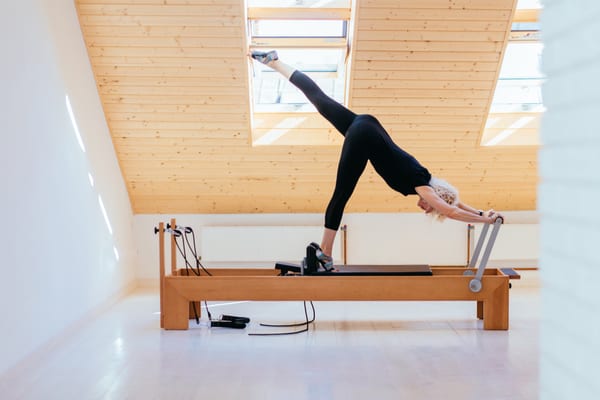As many as one-third of all adults over 65 years old fall each year, with consequences that include serious injury, limited activity and significant health care costs. That’s a staggering and sobering statistic. But researchers at California State University, Northridge, have conducted a study that shows that doing weekly Pilates training can effectively reduce these risks.
Pilates is a body conditioning system that improves muscle tone, balances musculature, builds flexibility and muscle strength, as well as increases endurance in the legs, abdominals, arms, hips, and back. It puts emphasis on spinal and pelvic alignment, breathing, and developing a strong “core” centered around the muscles of the trunk, and improving coordination and balance. It supports correct posture, and teaches to move with ease and grace. The Pilates system allows for different exercises to be modified in range of difficulty from beginning to advanced. Intensity can be increased over time as the body conditions and adapts to the exercises.
The randomized controlled trial’s purpose was to evaluate whether Pilates exercises (in this study, done solely with a Reformer) would improve static and dynamic balance, increase balance confidence (a bigger piece of the puzzle than people realize), functional mobility, and significantly reduce fall risk among the aging adult population who were most at risk.
In the rigorously controlled study, data analysis showed significant improvement in both static and dynamic balance, functional mobility, balance self-efficacy, and lower extremity active range of motion. And that is with just one Pilates class over a ten-week period (the researchers took into account the expense of such classes when they opted to do the one class). However, participants stated their belief that balance would improve even more if they did twice-a-week training sessions.
—
Photo Credit: Iryna Inshyna / Shutterstock.com
